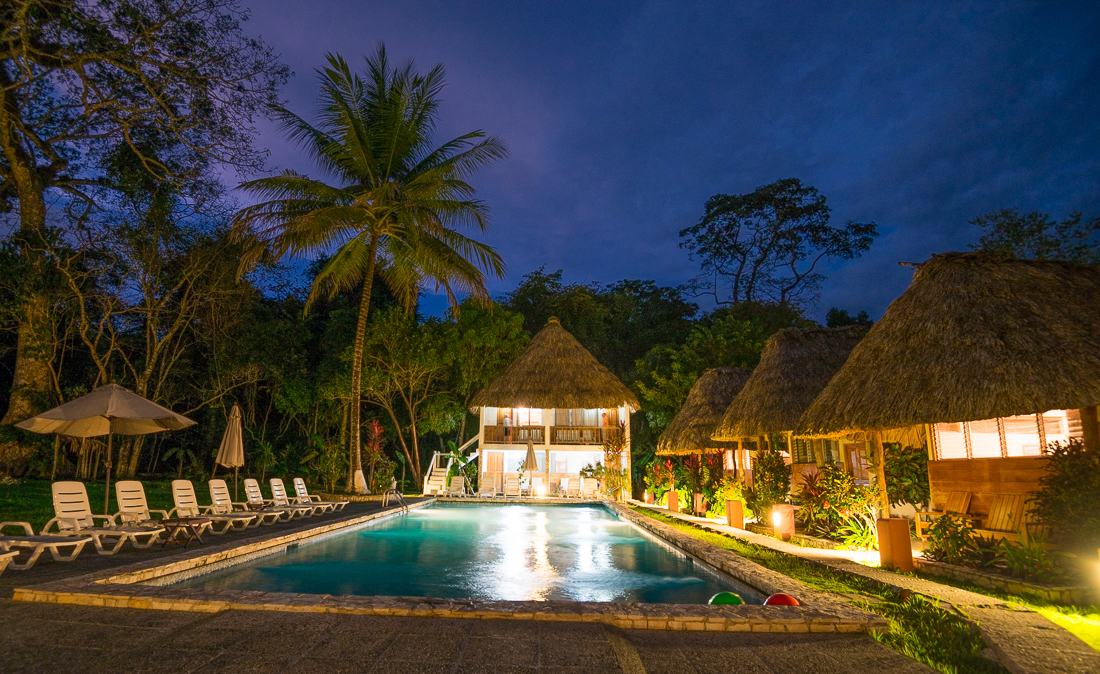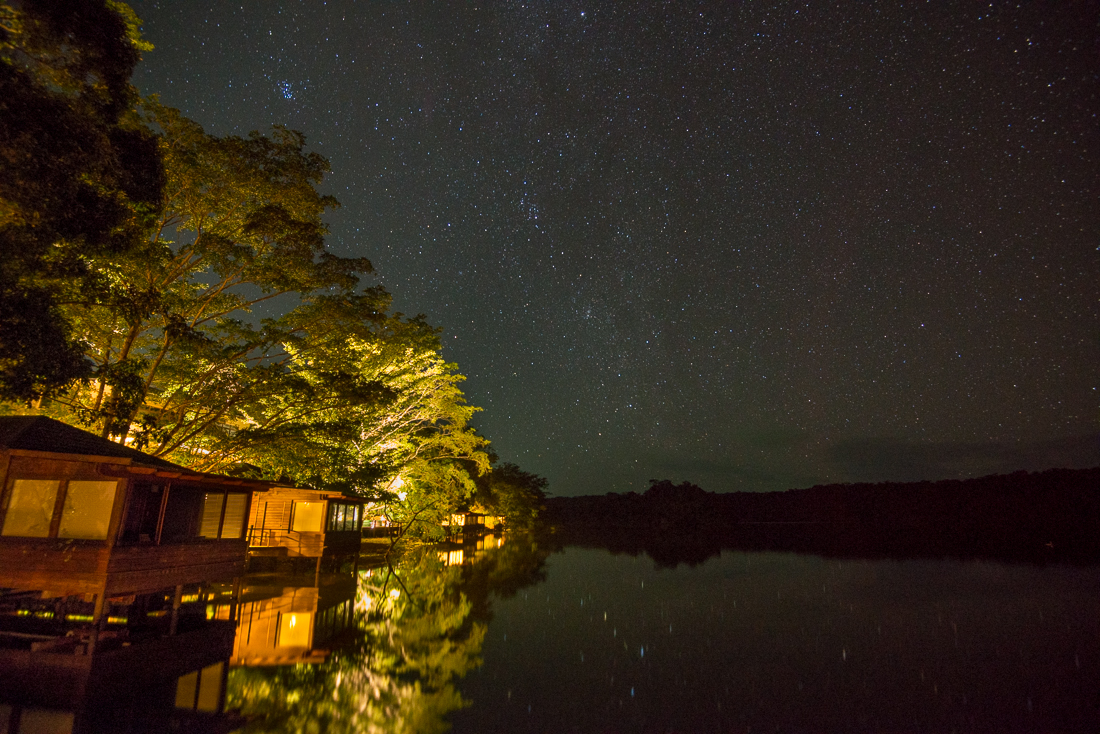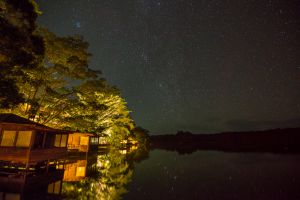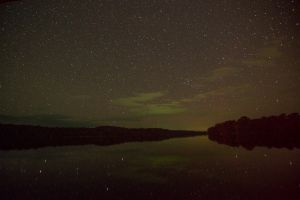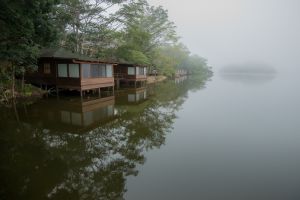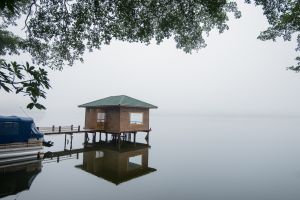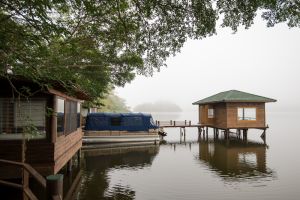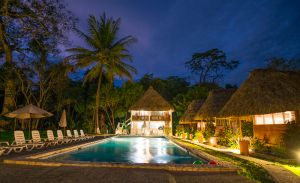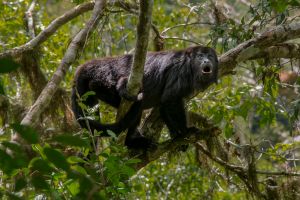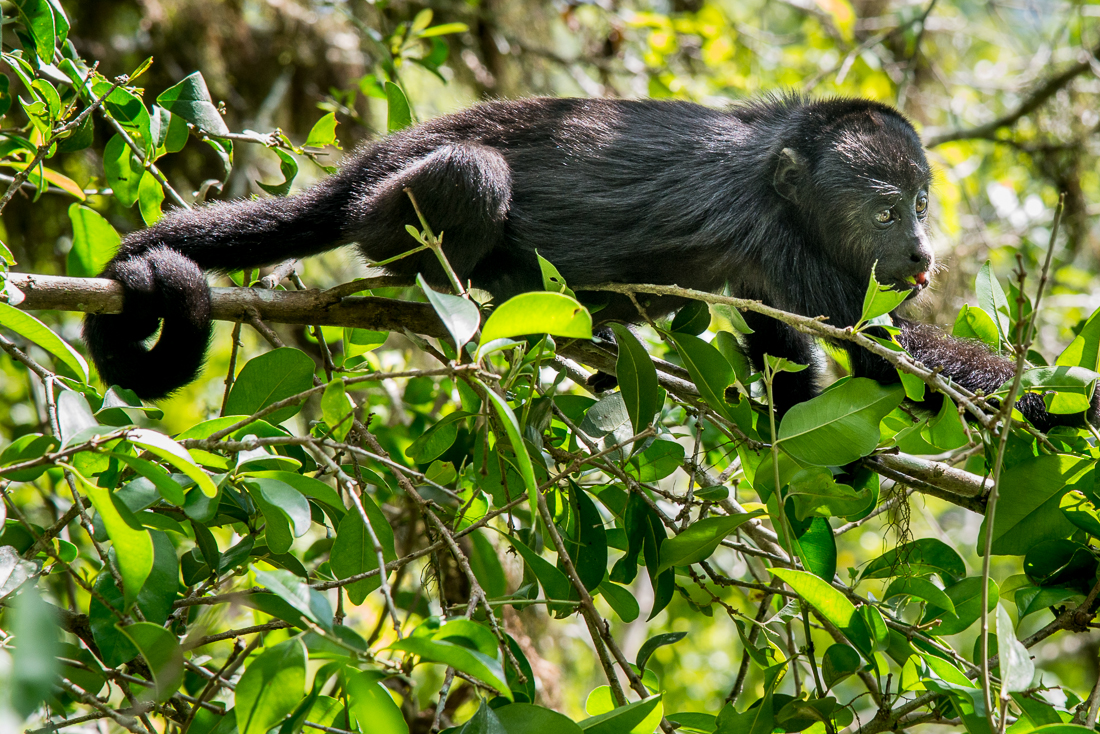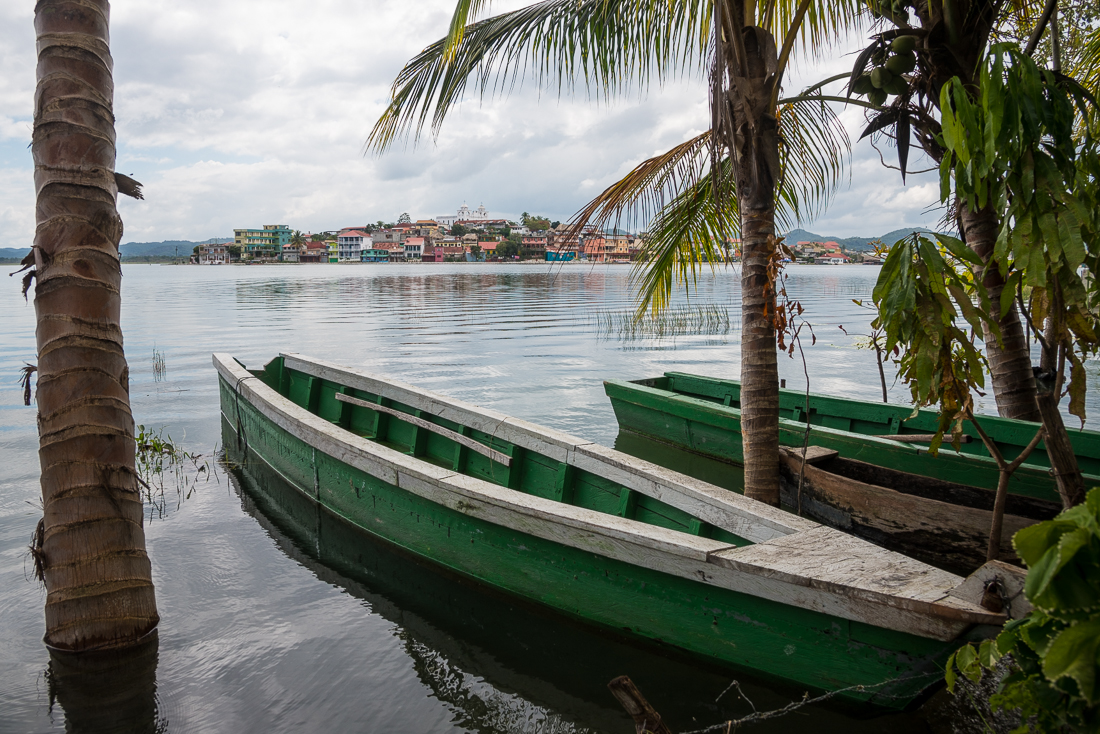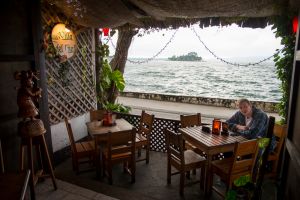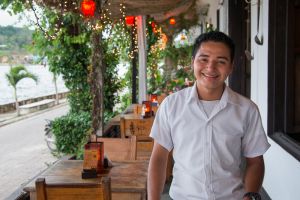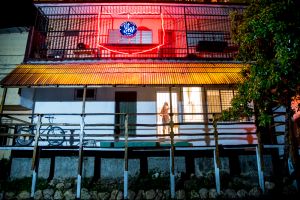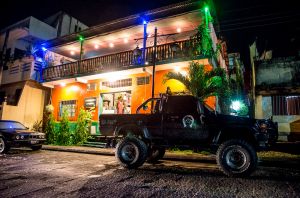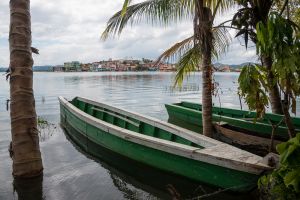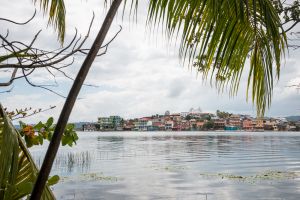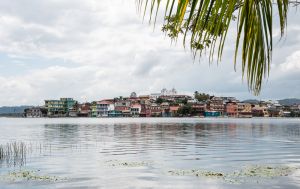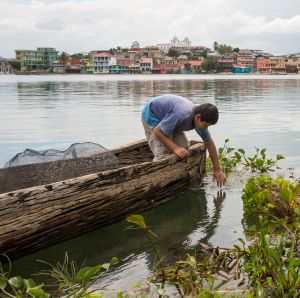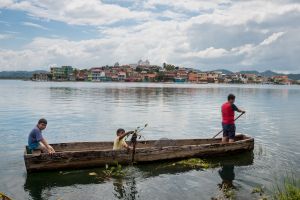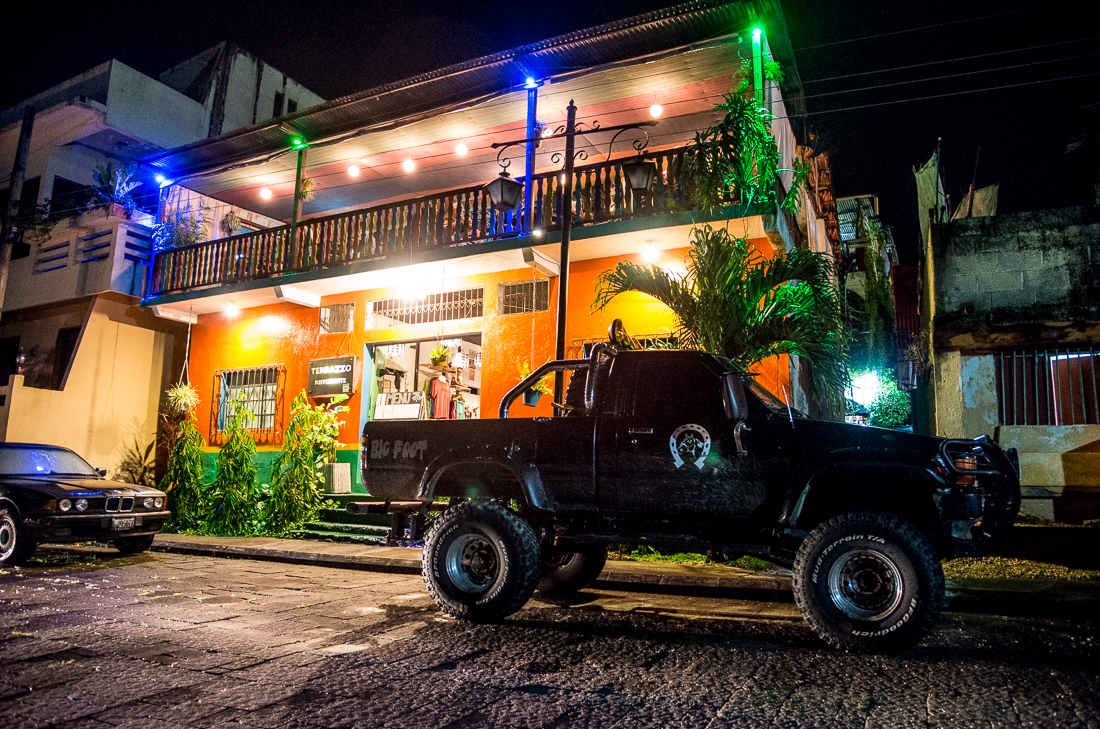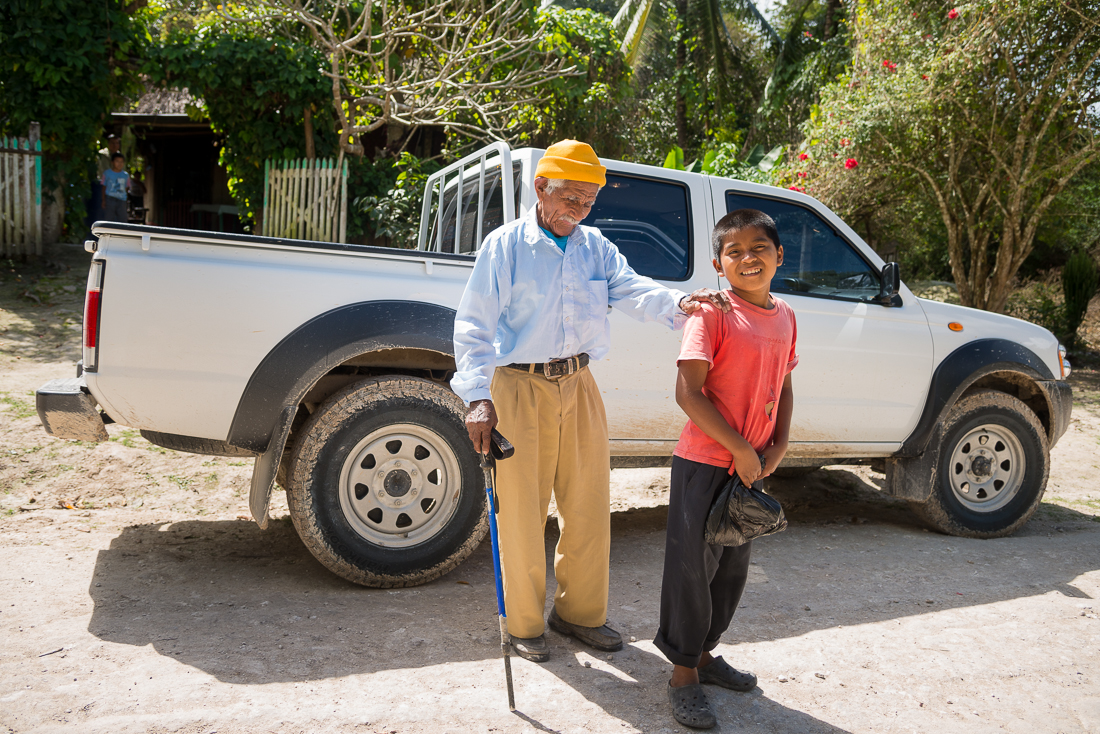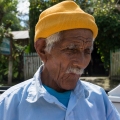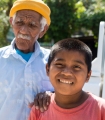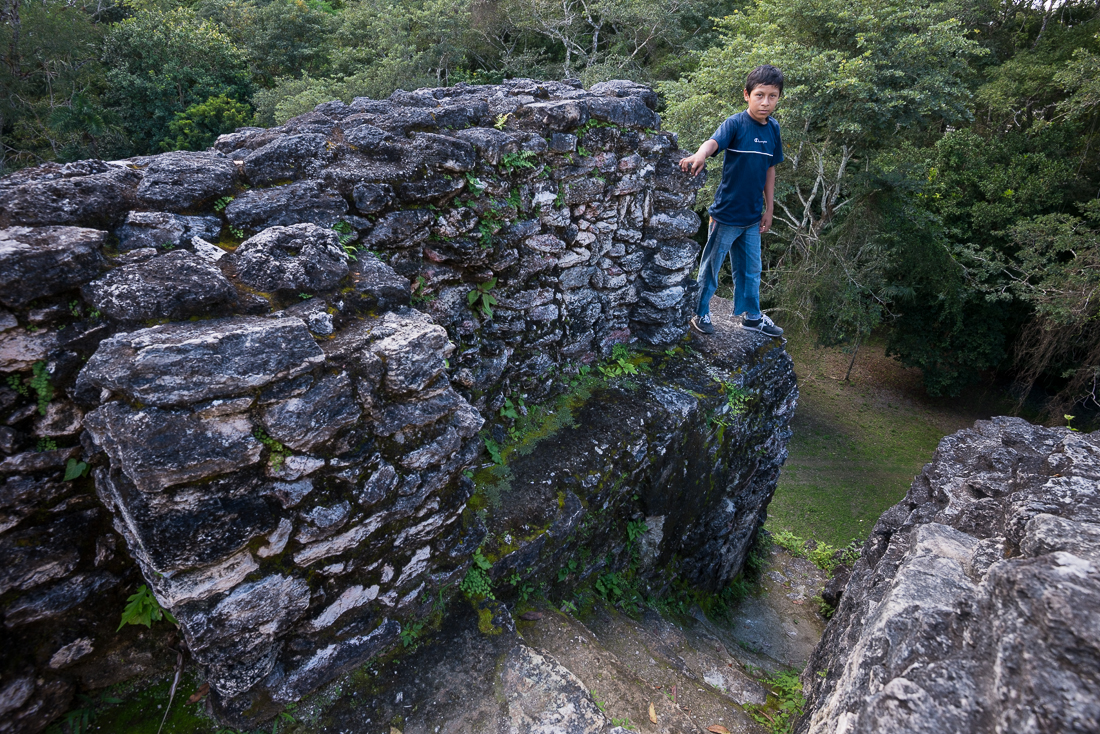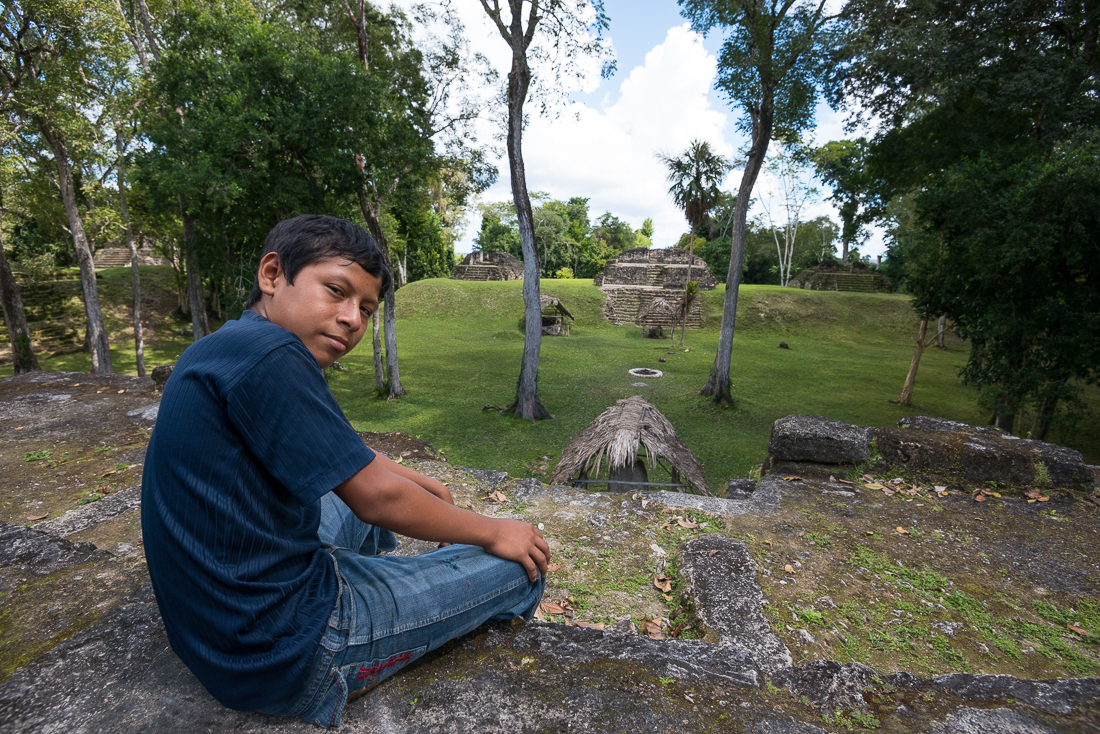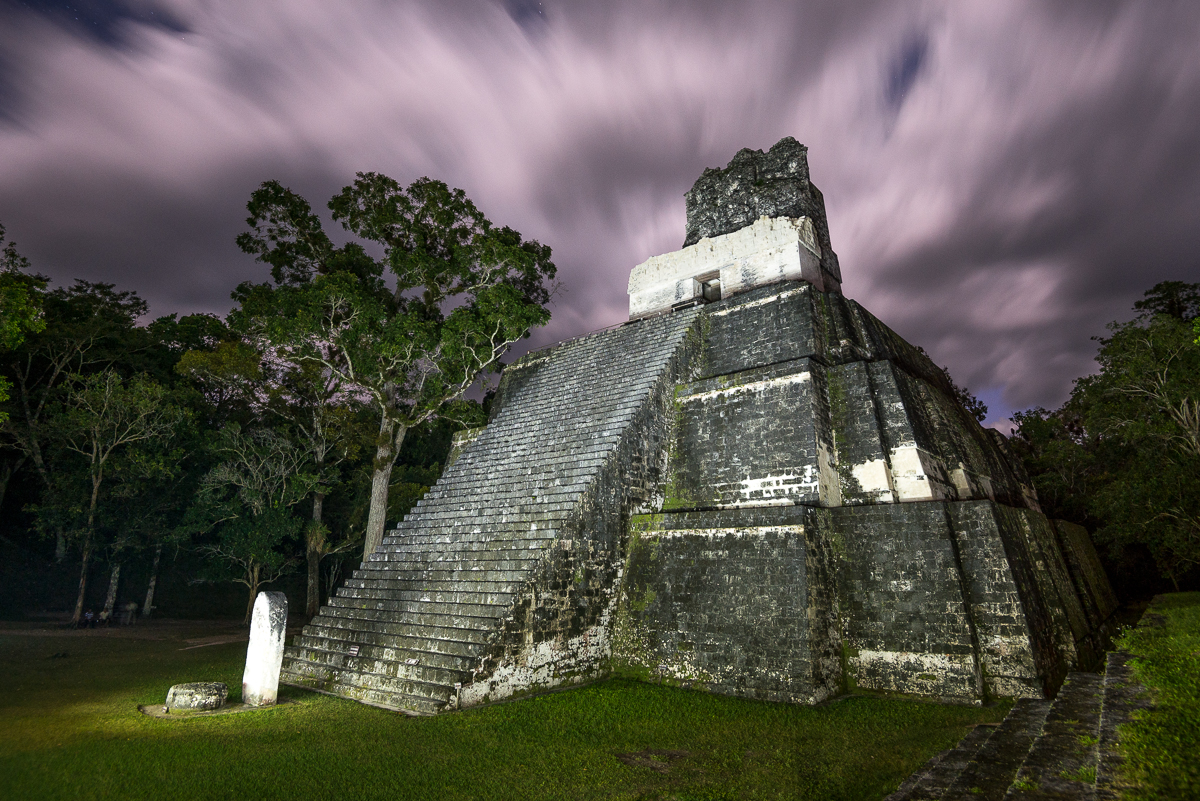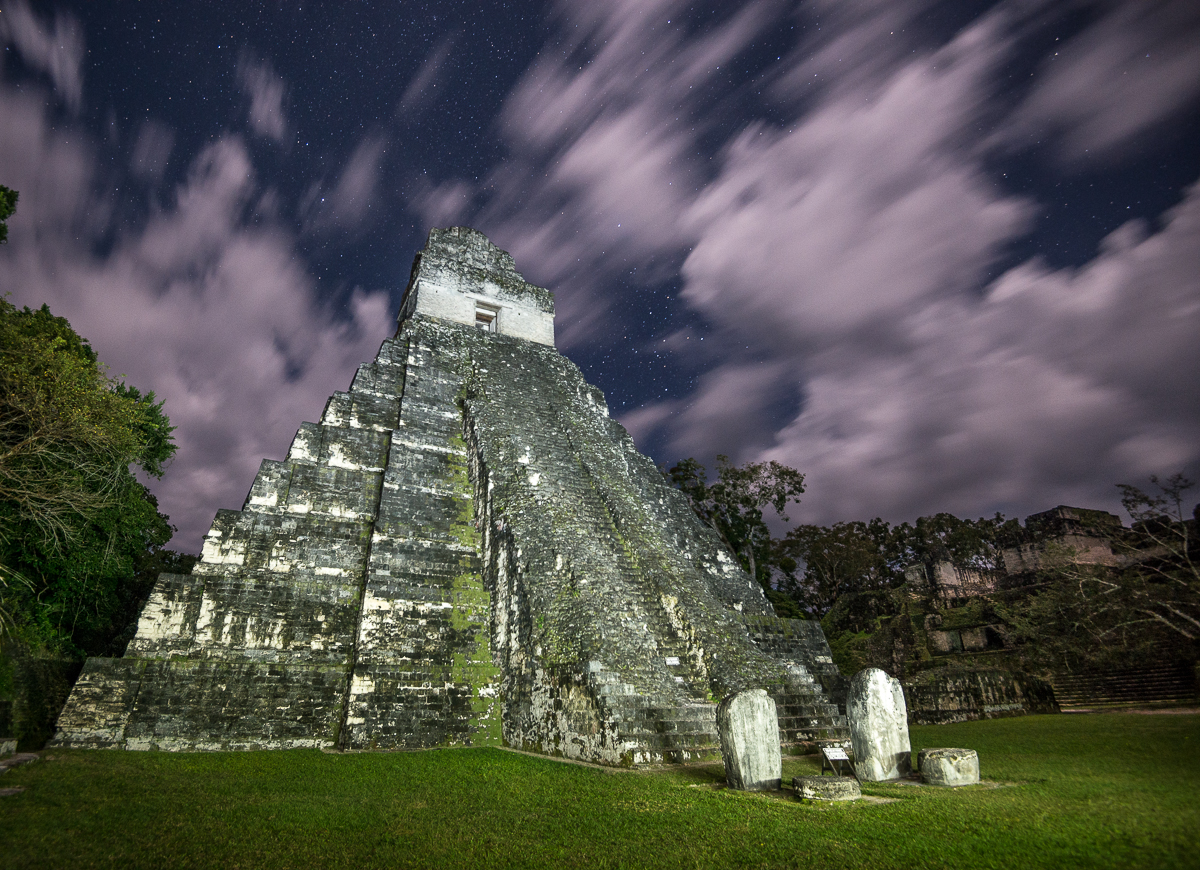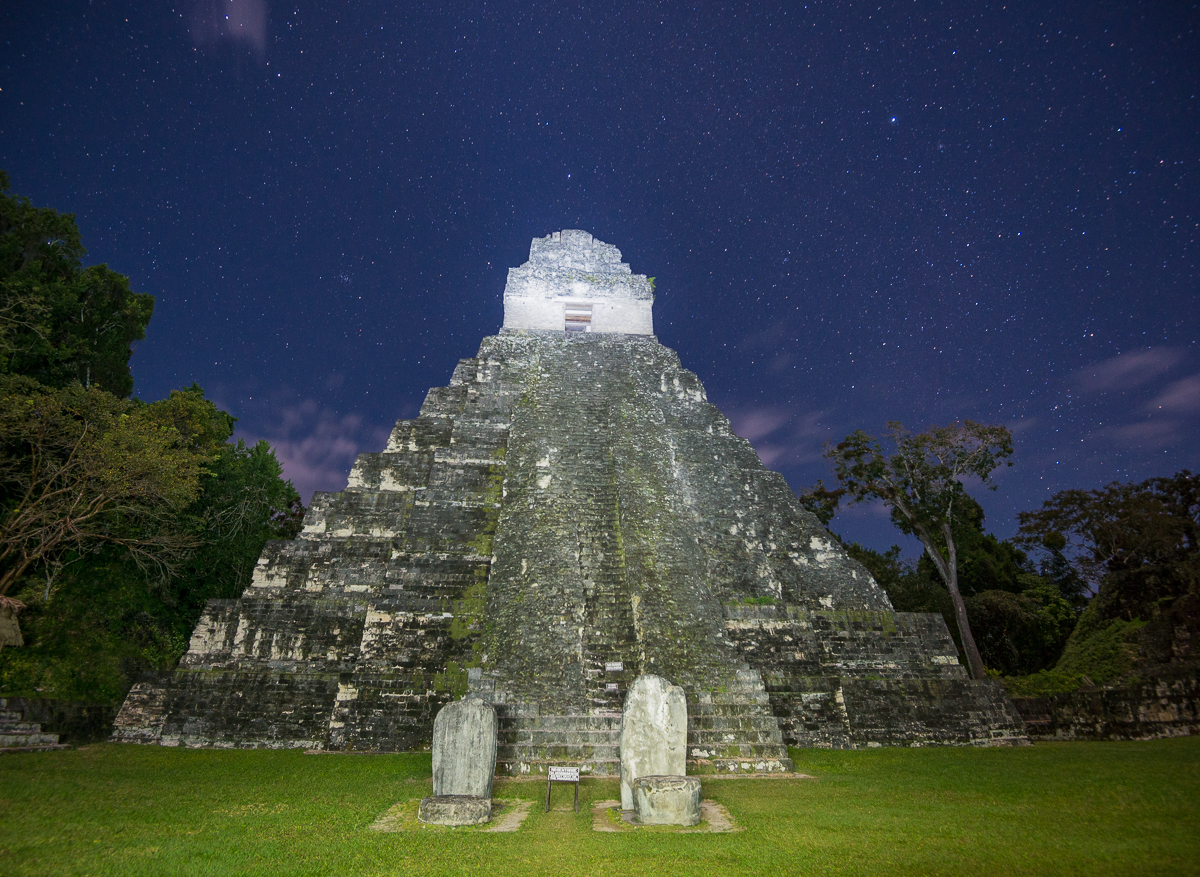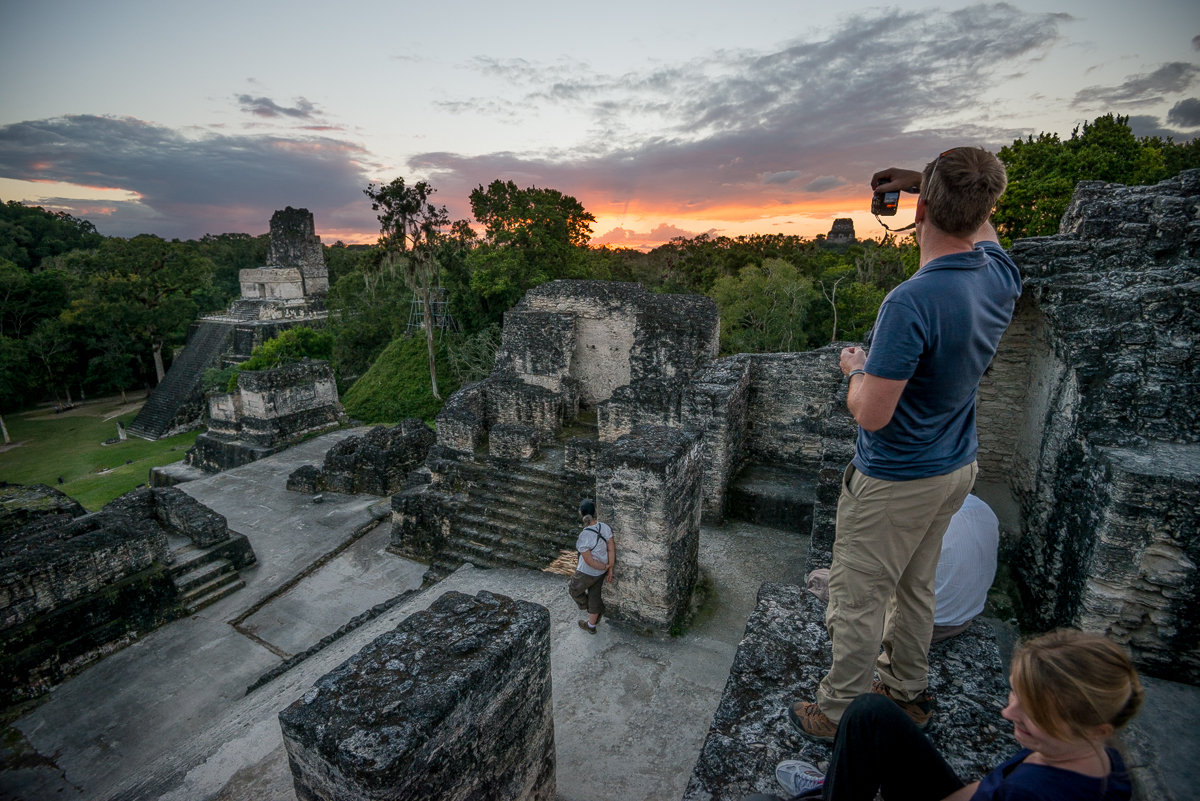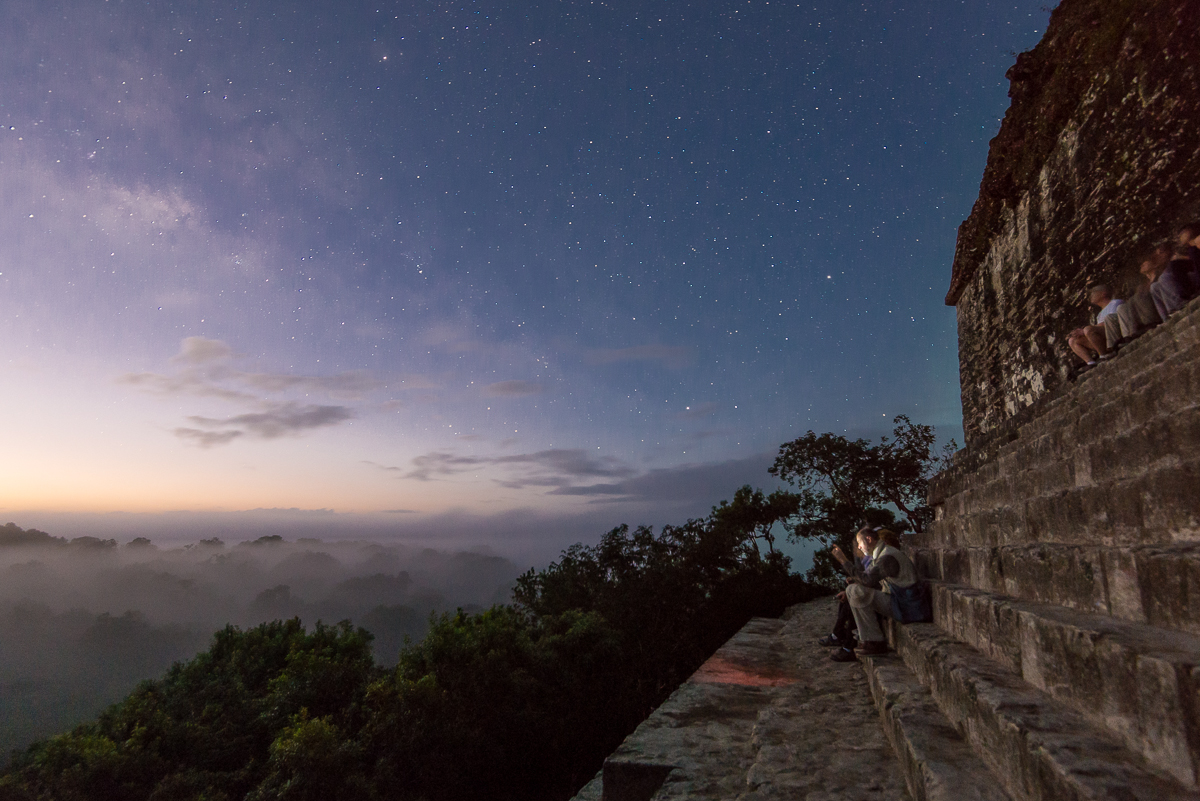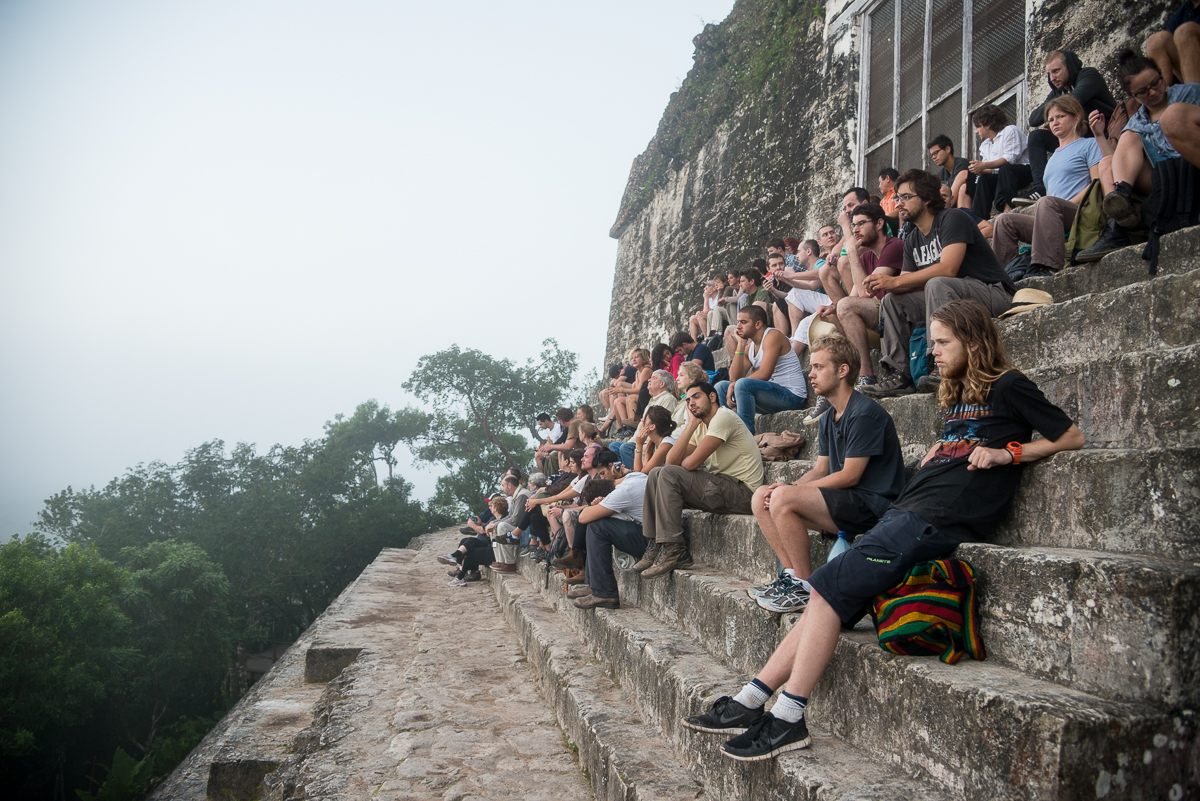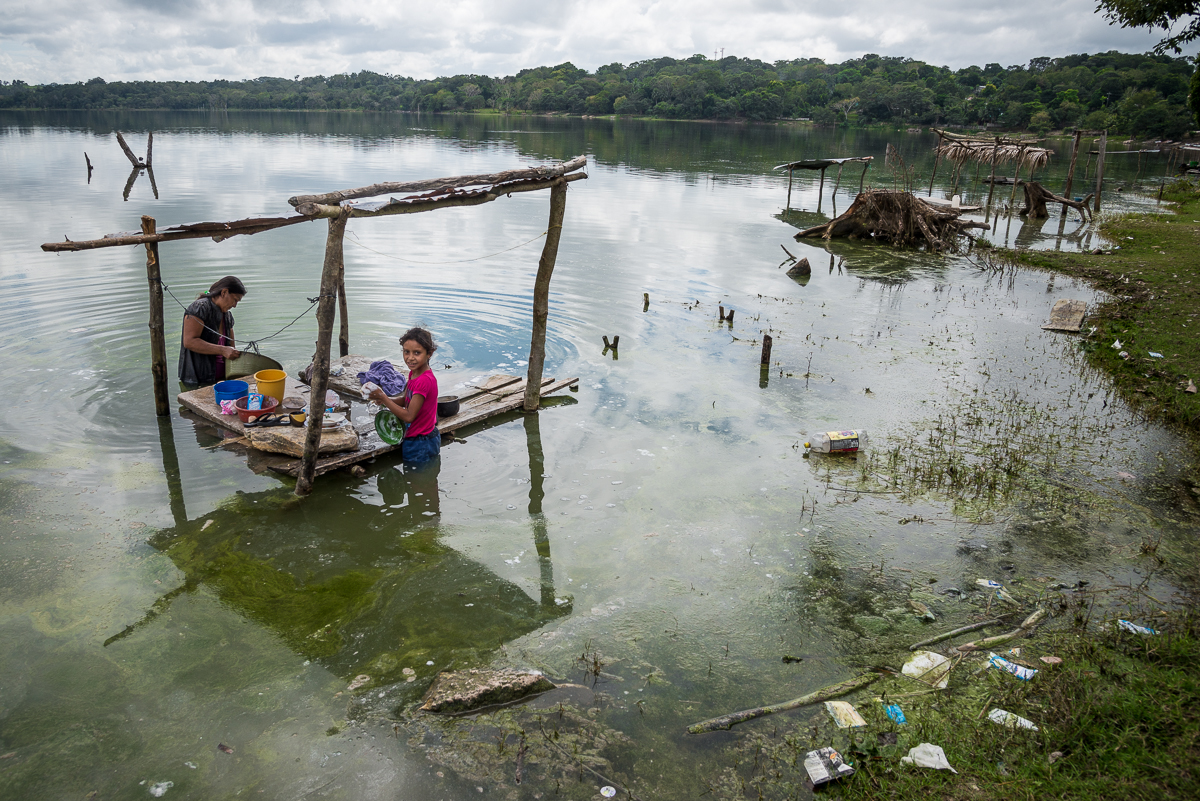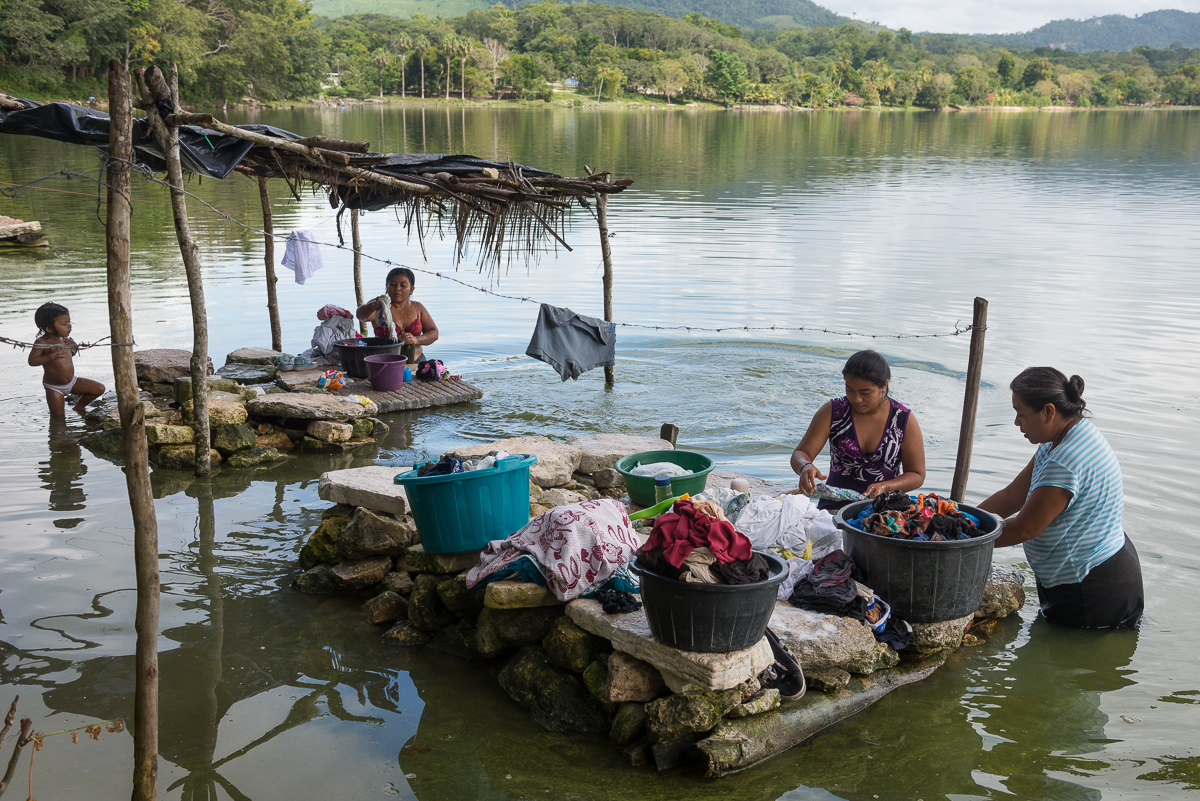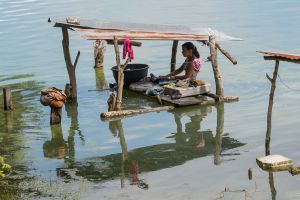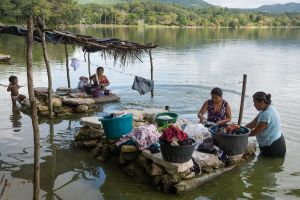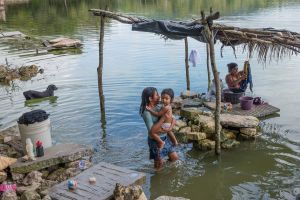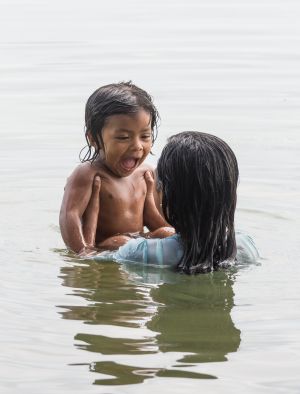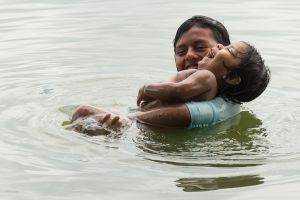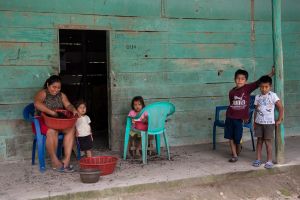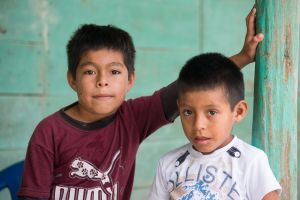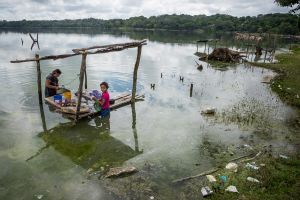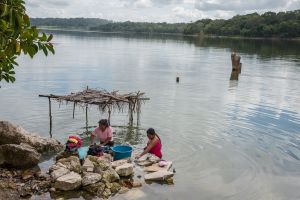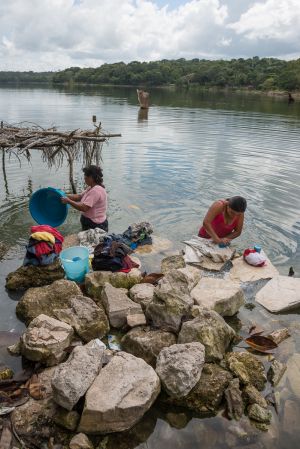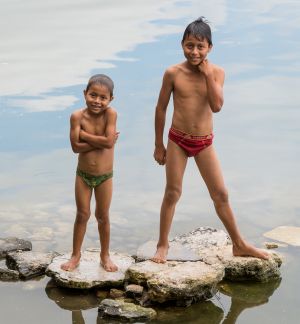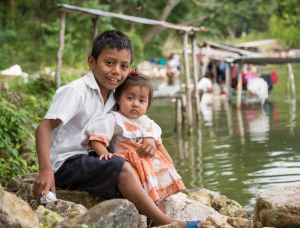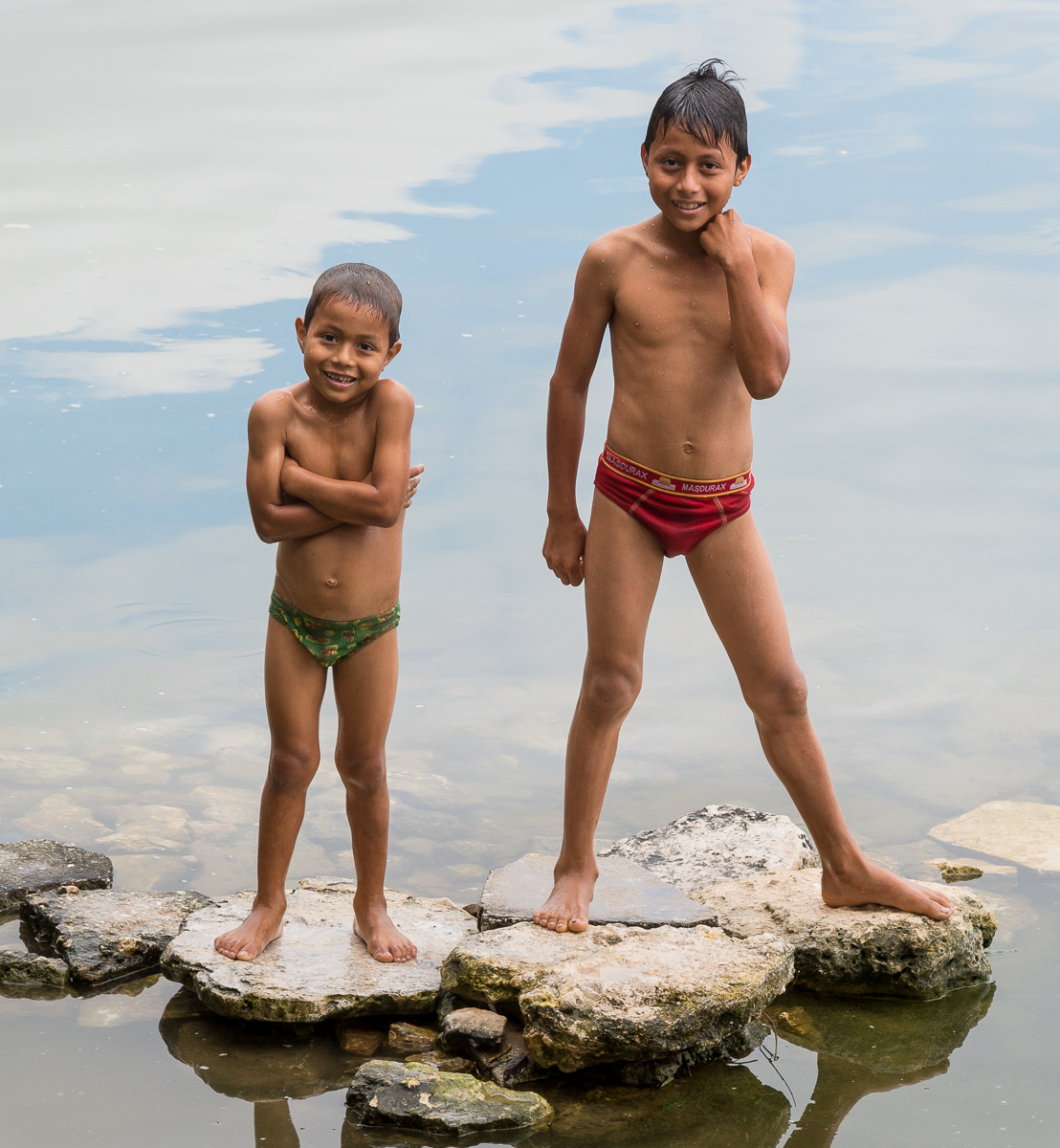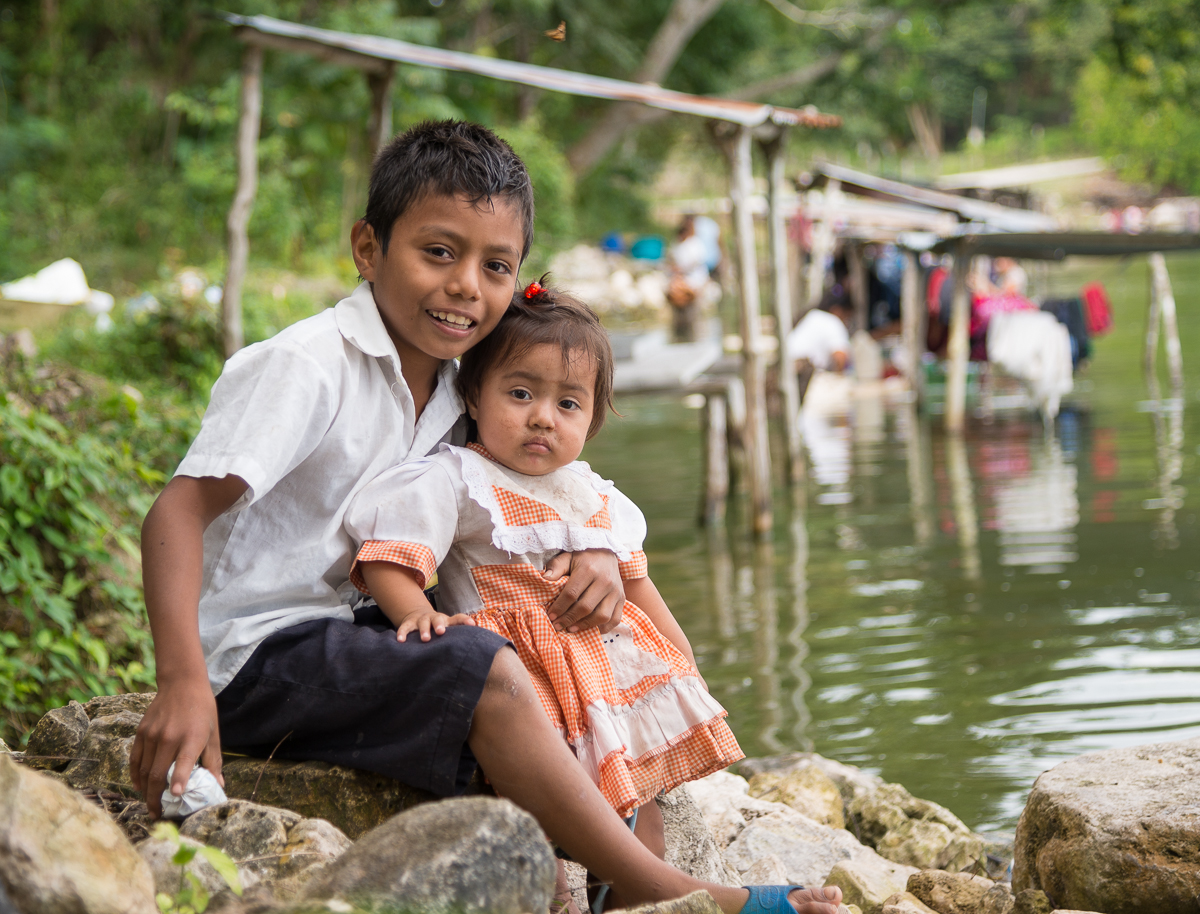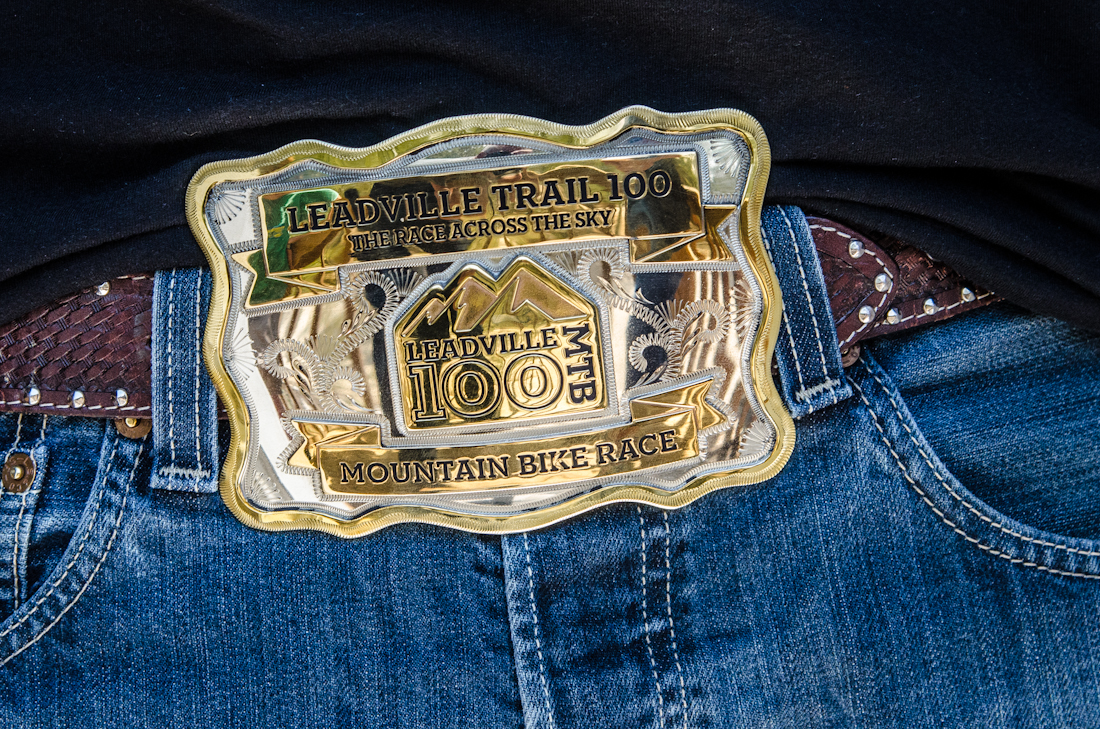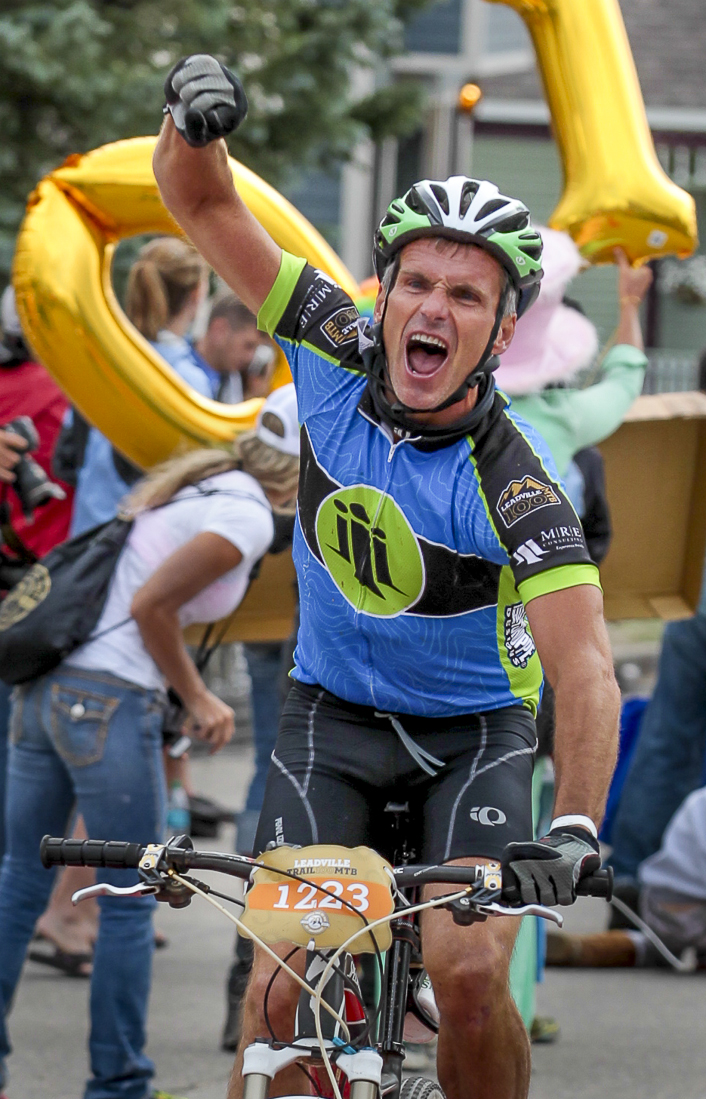Technically, I did sleep in the jungle. Admittedly, I was in a couple of pretty nice ‘bungalow’ hotels.
The Tikal Inn (above) was a fun, convenient place to stay and to start other excursions – it’s literally inside Tikal National Park. It looks good in just the right light. But the electricity, hot water, and internet typically only worked intermittently – maybe 8 hours a day in total.
The place with the cabins sticking out onto the star-lit lake was (unexpectedly) super-swanky. My nephew was with me – he was thrilled that he had a full-size Jacuzzi on his screened porch overhanging (and overlooking) the lake. I was thrilled that it was so dark and remote you could see roughly a zillion stars. When I woke UP in the jungle, it was usually pretty foggy.
At both places, you could hear howler monkeys all night long. I got pictures of a couple in the daylight (including this ‘baby’).
Oh! Camera friends: The starry-night pictures of the cabin on the lake were at f4, 30 seconds, and ISO 3200 (or at least they should have been). The D800E on a tripod (with both ISO noise reduction and Long-exposure noise reduction working – somehow), 16-35mm lens. I just got lucky that the dim lights around the cabins were a decent balance for the stars (I didn’t light them at all, as I had to with the Tikal temples a few nights later). The poolside shot was just ISO 400, about 2 seconds, f5, 16mm — there was enough light there to use the meter, so it was easy.
